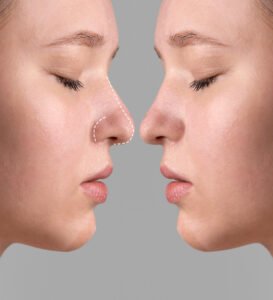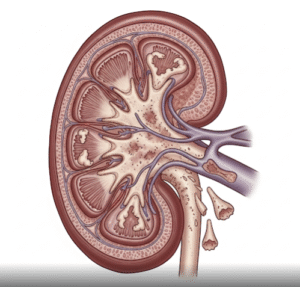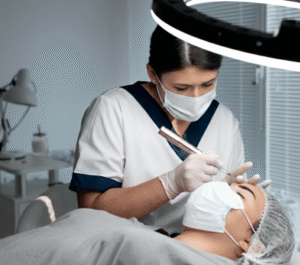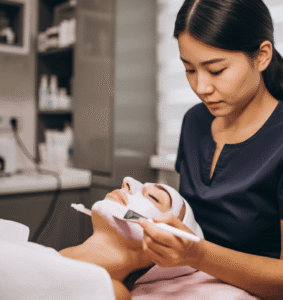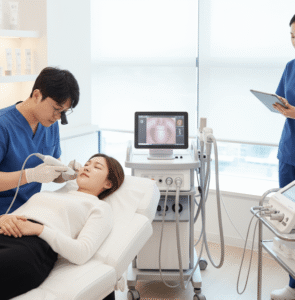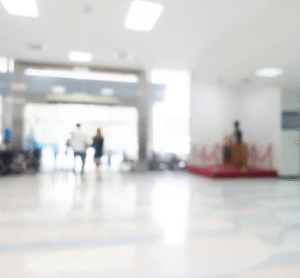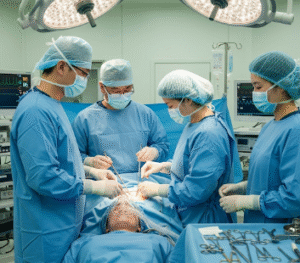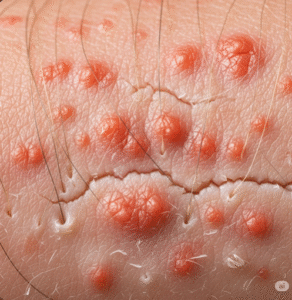Overview
Flat feet, also known as fallen arches, is a condition where the arch of the foot collapses, causing the entire sole to touch the ground when standing. While many people experience no symptoms, pain, discomfort, or gait issues can occur in some cases. In Korea, flat feet are commonly seen in children and adults, and awareness has grown about proper footwear, early diagnosis, and orthopedic care to prevent long-term complications.
What is Flat Feet?
Flat feet occur when the longitudinal arch of the foot is lower than normal or absent. This can be congenital (present from birth) or acquired due to injury, aging, obesity, or conditions affecting tendons. Flat feet can be flexible (arch visible when sitting or standing on tiptoe) or rigid (arch absent in all positions).
The condition affects children, adults, and the elderly, and in some, it may lead to pain, fatigue, or difficulty in walking or running.
Symptoms
- Pain or aching in the foot, heel, or arch
- Swelling along the inside of the ankle
- Tiredness in the feet after prolonged standing or walking
- Difficulty with shoe fitting
- Changes in gait or walking pattern
- Pain spreading to knees, hips, or lower back in severe cases
Causes
- Genetic predisposition – inherited from family
- Congenital deformities – born with low or absent arches
- Posterior tibial tendon dysfunction – weakening of key supporting tendon
- Injury or trauma – fractures, sprains affecting foot structure
- Obesity – excess weight stressing arches
- Arthritis or other degenerative conditions affecting foot joints
Risk Factors
- Family history of flat feet
- Age-related tendon weakening
- Obesity or rapid weight gain
- History of foot or ankle injuries
- High-impact activities or prolonged standing
Complications
- Chronic foot pain
- Plantar fasciitis (inflammation of foot tissue)
- Tendonitis or ligament strain
- Altered gait leading to knee, hip, or back pain
- Arthritis in ankle or foot joints over time
Prevention
- Wear supportive footwear with proper arch support
- Maintain a healthy weight to reduce stress on feet
- Perform foot and calf exercises to strengthen arches
- Avoid prolonged standing on hard surfaces without support
- Early evaluation in children with flat feet to prevent long-term issues
Treatment Options in Korea
Diagnosis
- Physical examination by orthopedic specialists
- X-rays, CT scans, or MRI for structural assessment
- Gait analysis to understand pressure distribution
Medical Treatments
- Orthotic insoles or arch supports for daily wear
- Physical therapy to strengthen foot and ankle muscles
- Pain relief with NSAIDs or topical analgesics if necessary
Surgical & Advanced Therapies
- Tendon repair or reconstruction in severe cases
- Osteotomy – surgical realignment of bones
- Arthrodesis – joint fusion for rigid deformities
- Minimally invasive surgeries are available in advanced Korean hospitals
Rehabilitation & Support
- Post-surgery physiotherapy for mobility and strength
- Custom orthotics for long-term support
- Follow-up care to prevent recurrence or complications


